


 企业认证
企业认证
 担保交易
担保交易
商品二维码
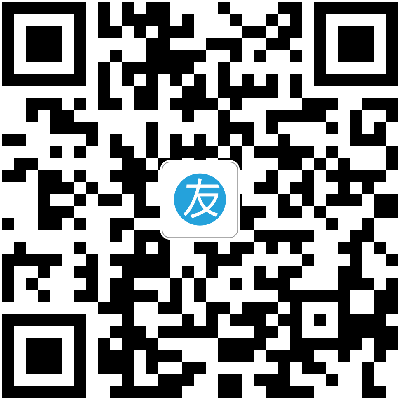
扫码购买及分享
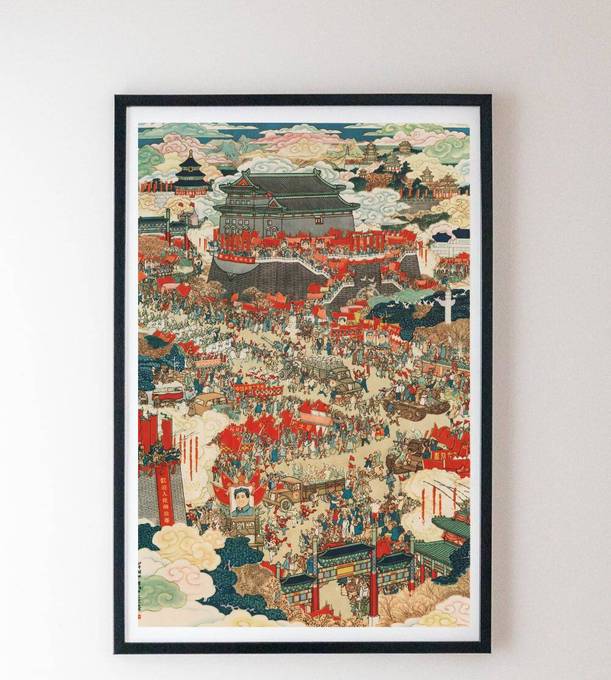
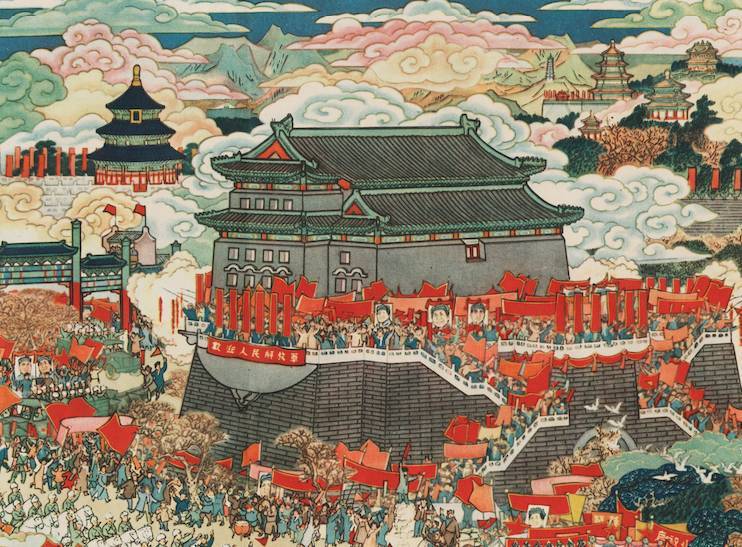
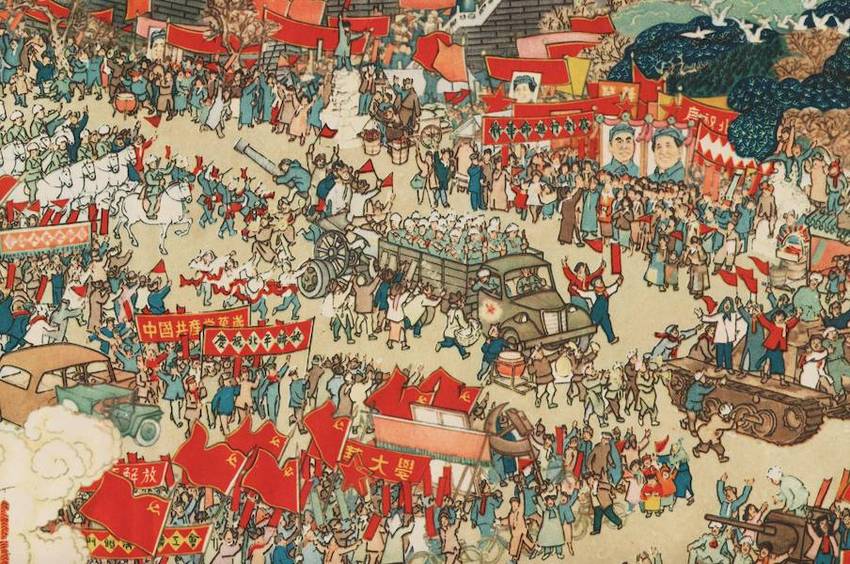
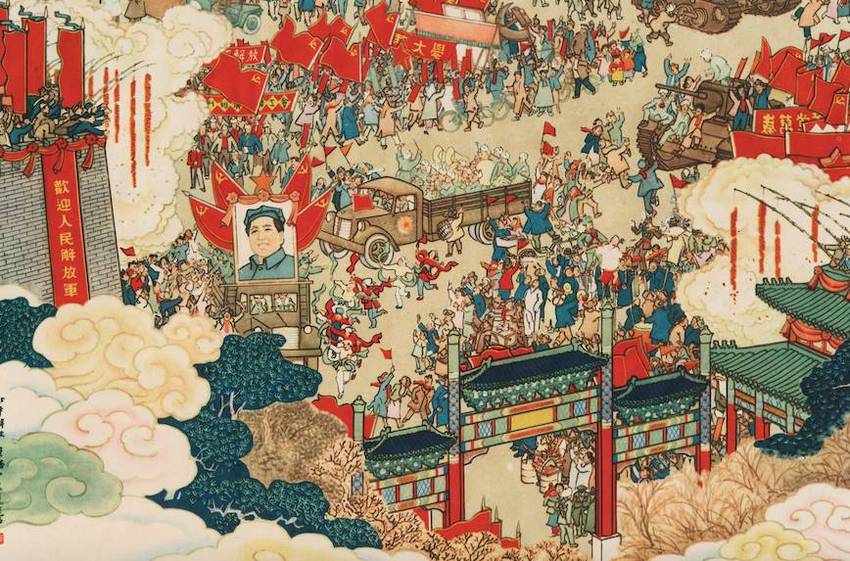
The Liberation of Beijing
价格 : ¥ 450
邮费 : ¥8.00
Frame : Picture only With frame
数量 : -1+ 库存 : 不限量




The Liberation of Beijing
¥ 450.00
邮费: ¥8.00
浏览 : 276
商品详情
商品评价
The first of October 1949 is in China often referred to as the “liberation” as it is the date of the establishment of the People’s Republic of China. The city of Beijing was however peacefully liberated almost 9 month prior to this on January 31. At this point Beijing was called Beiping as the capital was still the city of Nanjing.
In 1959 the Chinese cartoon artist Ye Qianyu created a famous portrait of the Communist liberation army. In the picture many fascinating small details can be found:
In January 1949 the Qianmen gate was still the most important piece of landmark architecture in Beijing and it is shown right in the middle of the picture. Besides Qianmen, Temple of Heaven, Coal Hill and even the lesser known stone archway of the Zhongshan park are also shown in the background, but there is no Tiananmen gate. Because in January 1949, the Tian’anmen gate where Mao’s picture is hanging today, did not yet possess the status it would later achieve. This would not happen till 9 months later when the People’s Republic would be proclaimed from the rostrum of the gate.
In fact the picture of Mao carried in the procession is notably different from the one that is hanging on the Tian'anmen gate today. In the portrait of Mao seen in the picture he is wearing a workers cap. This is the first official portrait that would hang on the Tian'anmen gate. Later the composition of the picture would be changed altogether 5 times, before finally ending up with the version hanging on the Tiananmen gate today.
Side by side with Mao Zedong the portrait of Zhude the commander of the Liberation army can be seen. It was common at this time to hang both portraits side by side at important occasions.
On the roofs stand camera crews filming the whole ordeal helping turn the procession into a monumental event known and remembered across China to this day. In 1949 the propaganda efforts of the party received valuable assistance from Soviet Union filmmakers.
The picture is a fascinating mixture of styles. Mysterious clouds are used to frame the picture, just like it would often be done to elevate the status of the Imperial Palace in paintings during the dynasties. Ye Qianyu also used the socalled S-style used by painters in the Song dynasty, prolonging the length of the procession in the picture by turning it into the shape of an S, but the overall style is cartoonish lending an easily relatable almost humorous vibe to the event.
Many more details can be found in the picture, like American made jeeps, nationalist soldiers left behind, people dancing the traditional Yangge dances and much more.
 加入购物车
加入购物车
 友付提供技术支持
友付提供技术支持
www.yoopay.cn
400.0697.118